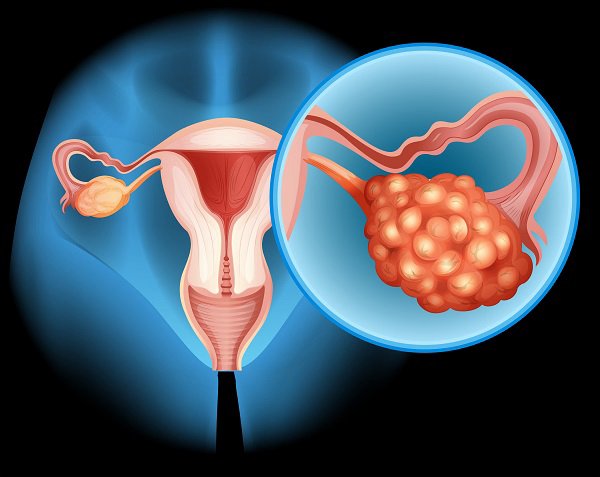Poliomyelitis, commonly known as polio, is a serious viral infection that can lead to severe physical disability. Despite significant progress in its prevention, polio remains a critical global health issue. This article provides a comprehensive overview of polio, including its causes, symptoms, prevention methods, and the importance of vaccination.
What is Poliomyelitis?
Poliomyelitis is an infectious disease caused by the poliovirus. It primarily affects the nervous system, leading to muscle weakness, paralysis, and in severe cases, death. Polio was once a widespread epidemic, but with the advent of effective vaccines, its incidence has dramatically decreased worldwide.
Causes of Polio:
- Poliovirus Transmission: Polio is caused by the poliovirus, which spreads through contaminated food, water, or contact with an infected person’s fecal matter.
- Types of Poliovirus: There are three types of poliovirus—type 1, type 2, and type 3. All three can cause polio, but type 1 is the most common.
Symptoms of Polio:
- Non-Paralytic Polio: Early symptoms include fever, sore throat, fatigue, and muscle pain. These symptoms are similar to those of other viral infections and can last for a few days.
- Paralytic Polio: In severe cases, the virus affects the spinal cord and brainstem, leading to paralysis. This form of polio can result in permanent disability or death if not treated promptly.
- Post-Polio Syndrome: Years after recovery, some individuals may experience new muscle weakness or pain, known as post-polio syndrome.
Prevention of Polio:
- Vaccination: The most effective way to prevent polio is through vaccination. The oral polio vaccine (OPV) and inactivated polio vaccine (IPV) are both highly effective in providing immunity against the virus.
- Hygiene Practices: Maintaining good sanitation and hygiene, such as handwashing and ensuring clean drinking water, helps reduce the risk of infection.
- Public Health Initiatives: Global vaccination campaigns have been instrumental in reducing polio incidence. Supporting and participating in these initiatives is crucial for eradicating polio.
The Importance of Vaccination:
Vaccination remains the cornerstone of polio prevention. It not only protects individuals but also helps achieve herd immunity, which prevents the spread of the virus within communities. Despite the significant progress made, maintaining high vaccination coverage is essential to prevent any resurgence of the disease.
When to Seek Medical Advice:
If you suspect that you or your child may have symptoms of polio or have been exposed to the virus, seek medical attention immediately. Early diagnosis and treatment can prevent severe complications and aid in recovery.
Conclusion:
Poliomyelitis is a preventable disease, thanks to effective vaccines and public health efforts. Understanding the causes, symptoms, and preventive measures is essential for safeguarding yourself and your community. By staying informed and participating in vaccination programs, we can work towards a polio-free world.
Call to Action:
If you’re not up to date with your polio vaccinations or need more information about polio prevention, contact your healthcare provider today. Together, we can make a difference in the fight against polio and ensure a healthier future for all.





